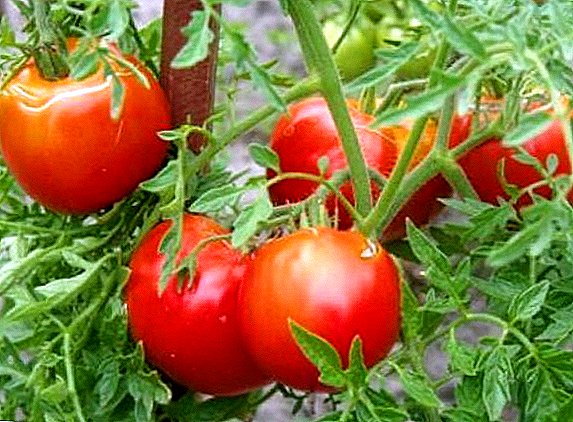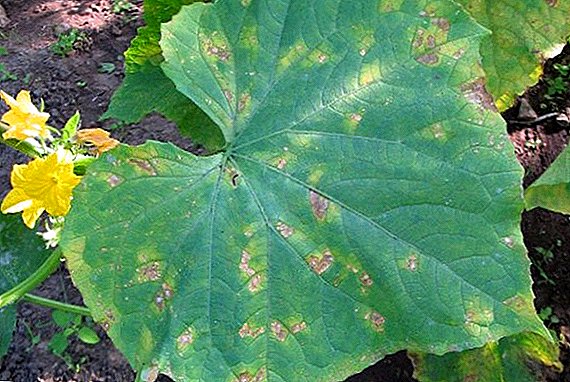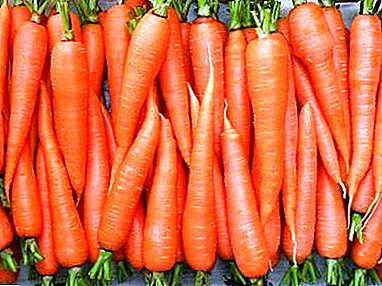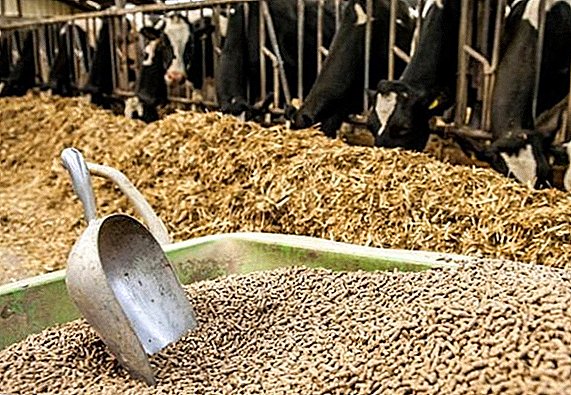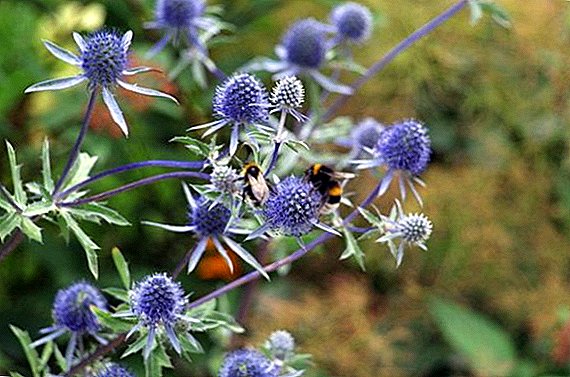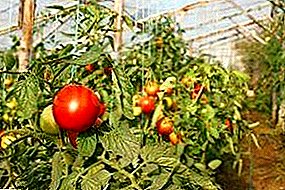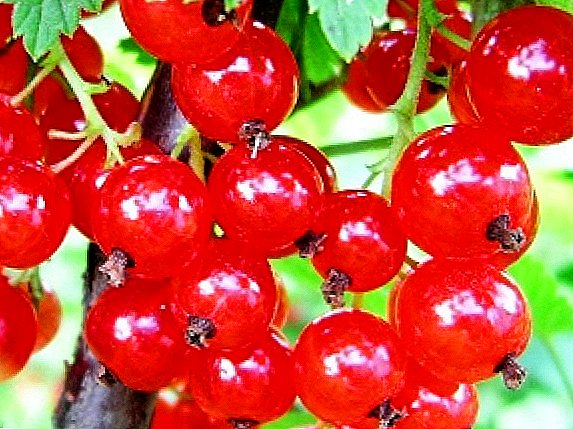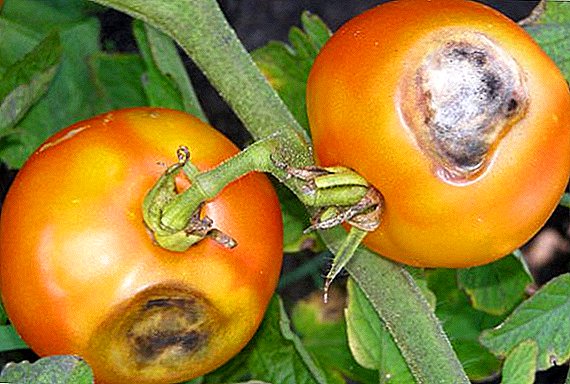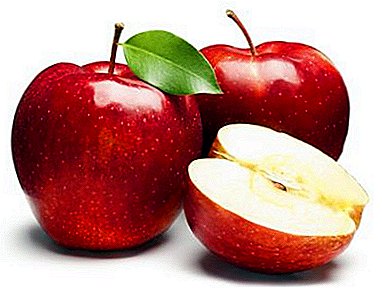
Among the middle-ripening varieties suitable for long-term storage and being versatile in use, we can distinguish the carrot variety NIIOK 336, bred by Russian breeders in 1978.
High yield and keeping quality of the variety make it possible to obtain a good crop with the possibility of long-term storage under the rules of agrotechnology generally accepted for carrots.
Due to the increased content of carotene and a number of other benefits, carrots NIIOK 336 firmly won the love of gardeners throughout Russia.
What is the difference from other species?
This variety distinguishes:
- increased carotene content (23%);
- possibility of application for baby and dietary food.
Advantages and disadvantages
The advantages of the variety include:

- high yield;
- good keeping quality;
- adaptability to growing in almost all regions of Russia;
- universality in application;
- increased carotene content (up to 23%).
The main disadvantage of this variety is its average immunity to most carrot diseases.
Detailed characteristics and description of the variety
- Appearance (the shape and color of the root). The carrot grows into a cylindrical shape with a blunt end, weighing from 90 to 110 g. The length of the carrot reaches 20 cm, diameter - up to 4-5 cm. The surface, pulp and core of the root of the intense orange color.
- Sowing time. For the NIIOK 336 variety, the average planting dates are applicable - late spring, when steady warm weather has already been established and when the danger of return frost has passed.
In the Middle Belt, this time falls on the third decade of April, in Siberia, landings begin no earlier than May. In the Southern region, traditionally, planting dates begin before anyone else - in the first and second decade of March.
But this variety can also be planted before winter, in late October - early November, when the air temperature has not yet dropped below 5 ° C.
- What is the yield of 1 ha. Variety refers to the yield - from 1 ha can be collected from 28 to 54 tons of carrots.
- Assignment grade and keeping quality. This grade possesses high flavoring qualities, and also contains the increased amount of carotene. By appointment best suited for fresh consumption, as well as for canning. Indicators of keeping quality are at the level of 82-92%.
- Growing regions. The variety is allowed to grow throughout Russia with the exception of the North, North-West and Ural regions.
- Where it is recommended to grow. Carrots of this variety are recommended for cultivation in open ground.
- Resistance to diseases. Variety NIIOK 336 is not very good at resisting the most common diseases of carrots. Preplanting seed preparation is an excellent prevention of many diseases, but it is not always enough.
- Maturation term. The variety is middle ripening, since the growing season since the first shoots appear is 110-120 days. However, in regions with a warm climate, maturation occurs much faster - in 80-90 days.
- What kind of soil prefers. The grade prefers easy friable soils with low acidity.
Breeding history
The variety was obtained in 1978 in the All-Russian Scientific Research Institute of Vegetable Growing by crossing Vitamin and Variety 5 categories.
Growing up

- For carrots, it is important to choose open, well-lit areas. A few weeks before planting it is recommended to apply humus or compost (at the rate of 4 kg / m²). Seeds should also be pre-prepared - soak in a weak solution of manganese or use the drug "Chom." Such treatment will allow to disinfect the seeds, as well as improve their immunity against diseases.
- Sowing is best done on a sunny day. First, make grooves up to 1-2 cm deep in the soil. The distance between the seeds is about 0.5 cm, then the soil is leveled and watered abundantly.
- Further care is thinning - the first thinning is done in two weeks after sowing. The second thinning - after about three weeks. The distance between the plants is left at least 5 cm. If you do not thinning, the carrots will begin to deform due to lack of space or grow too small.
- The variety needs sufficient watering. - Depending on weather conditions, root crops should be watered once every 4-7 days. It is recommended to water carrots between the rows, and not under the bushes.
- Carrots respond well to fertilizer, so during the season you can do three dressings:
- During the period of intensive growth, you can use superphosphate (50 g per 10 liters of water).
- At the time of flowering suitable potassium nitrate (30 g per 10 liters of water).
- During the fruiting period, ammonium nitrate can be applied (30 g per 10 liters of water).
Harvesting and storage
As soon as the ground on the pulled-out root crops is dried, the tops should be removed.
Before putting the carrots in storage, they pick and lay damaged or diseased root vegetables. To increase the keeping quality of the crop and protect it from diseases, you can powder carrots with powdered chalk. Also practiced method pouring carrots pre-calcined wet sand or pine sawdust.
Diseases and pests
 This variety is characterized by an average immunity to most diseases, therefore, it is important not only to carry out preventive preparation of seeds for planting, but also to know how to combat diseases:
This variety is characterized by an average immunity to most diseases, therefore, it is important not only to carry out preventive preparation of seeds for planting, but also to know how to combat diseases:
- Treatment of the Fofatox solution will help against blight.
- From root rot - a solution of colloidal salt.
- From powdery mildew, the drug Regent is suitable.
Parasites, too, can often become a headache for gardeners who grow this variety.
- To combat aphids, you can use the drug "Oxy".
- From lice will help drug "Luxor".
- A wood ash solution can be used against the Colorado potato beetle.
- From medvedki - Bordeaux liquid.
Various growing problems and solutions
Failure to follow the rules of agricultural engineering, adverse weather conditions, poor quality seed and other factors can lead to certain problems when growing carrots.
Knowing ways to solve these problems, with timely actions, you can save a future harvest or avoid repeating the same mistakes and problems in the next season:
- Shoots or tops turn yellow, stretch out and weaken - if parasites become the cause, then the drugs Aktara, Ecogel, and Zircon are used to combat them.
In the case of fomozom disease (seedlings begin to turn yellow from the bottom), brown spot (seedlings first turn yellow from the edges, and then turn into brown) or rhizoctoniosis plants will have to be destroyed, because with further storage they can infect the rest of the crop.
- White core inside - The reason may be poor-quality seed, as well as excess nitrogen in the background of the deficit. In the second case, the adjustment of the fertilizer application will help to solve this problem.
- Root crops are cracking - this is due to uneven watering, excess fertilizer, heavy soil, overriding early grade. It is important to monitor the uniformity of irrigation, correctly fertilize (especially be careful with nitrogen).
If the site is heavy clay soil, it is necessary to give preference to varieties with short roots or plant carrots in bulk beds.
- Carrots grow savory and dry - this may be the characteristics of a particular variety, as well as the lack of watering or fertilizer.
- Deformed Root Vegetables - The reasons for such a phenomenon can be poor soil preparation (a lot of stones), lack of watering in the first month after planting, improperly chosen fertilizers (manure, potassium chloride and potash salt should not be used) and the invasion of pests.
- Carrots grow very small - these may be features of a certain variety, lack of sun or, on the contrary, excessive heat. In the latter case, it is worth increasing the volume of irrigation.
Similar types of carrot
 The closest in taste, ripening, yield and keeping quality, as well as in appearance are the following varieties of carrots:
The closest in taste, ripening, yield and keeping quality, as well as in appearance are the following varieties of carrots:
- Altair F1.
- Losinoostrovskaya 13.
- Incomparable.
- Forto F1.
The variety NIIOK 336 is widely distributed due to its adaptability to cultivation in almost all regions of Russia. The lack of specific features of crop care, high yield and keeping quality of this variety make it attractive for growing in garden plots.
However, not very high immunity against most common diseases necessitates preventive preparation of seeds before planting and further close monitoring of the condition of the plants.


